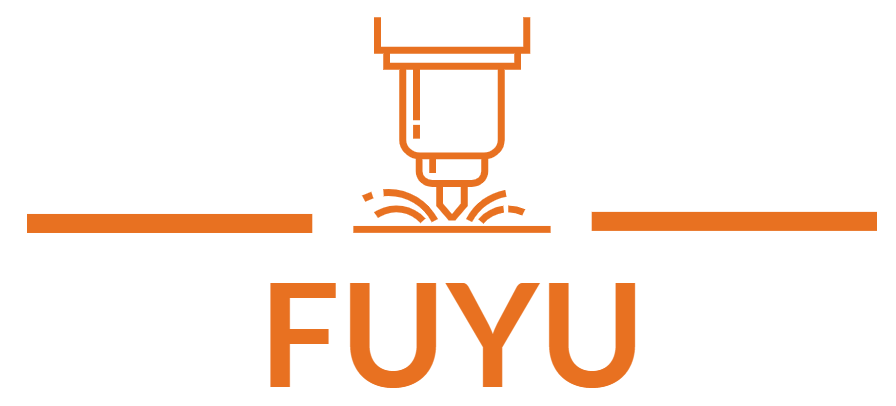Custom Online CNC Machining Services
Fuyu offers custom online CNC machining services tailored to the needs of engineers, product developers, and designers. Leveraging our AS9100D certified machine shops, we provide comprehensive solutions for all custom designs, regardless of complexity. Our service encompasses rapid machining, small-batch production, and high-volume manufacturing, ensuring end-to-end support for all orders.

